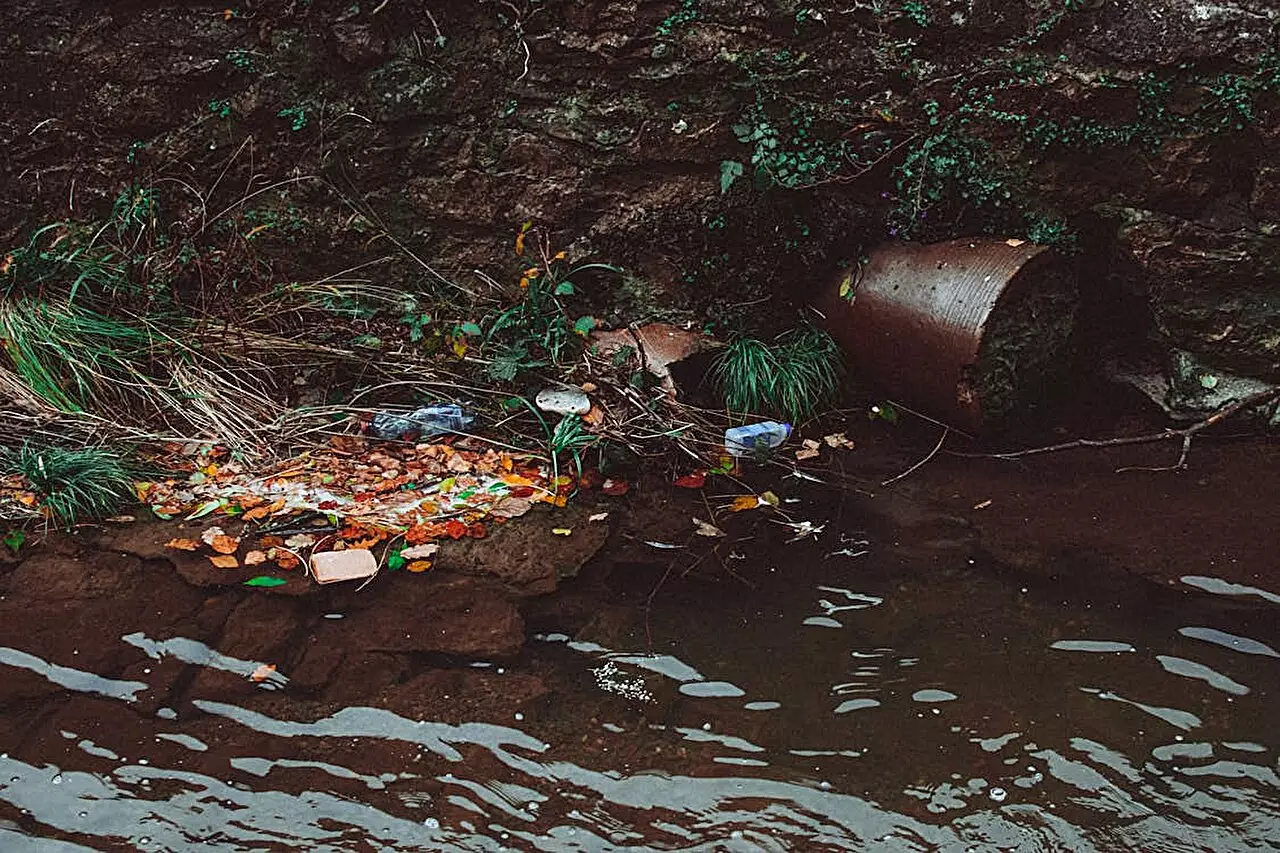The Citarum River, once a vital resource for the communities surrounding it, has become emblematic of environmental degradation in Indonesia. Known as one of the world’s most polluted rivers, the Citarum has suffered from decades of neglect, urban sprawl, and severe pollution from industrial discharges. The ramifications of this dire situation extend beyond ecological damage; they impact the health and livelihoods of local communities who rely on the river for water and resources. Addressing these issues necessitates an innovative approach that prioritizes the people who are most affected.
To tackle the intricate challenges posed by the Citarum’s pollution, researchers from Monash University have pioneered the “Citarum Living Lab,” an initiative that fosters collaboration among various stakeholders, including local residents, government authorities, non-governmental organizations, businesses, and academic experts. This model encourages community-led, interdisciplinary research aimed at developing practical, sustainable solutions tailored to the unique needs of the area. By emphasizing local knowledge and actively involving community members, the Living Lab seeks to cultivate a sense of ownership in the restoration efforts.
Dr. Paris Hadfield from the Monash Sustainable Development Institute emphasized the importance of collaborative engagement in forming effective strategies. His assertion that “empowering communities and stakeholders” is key to overcoming pollution challenges highlights a shift towards inclusivity in environmental management. Such involvement ensures that solutions are not hierarchical impositions but rather co-created paths toward recovery and sustainability.
Integral to this revitalization effort are the thoughtful design interventions that bridge technical innovation with the community’s cultural and social dynamics. Dr. Michaela Prescott from Monash Art, Design, and Architecture points out that successful design in this context involves not only efficiency but also a deep understanding of social frameworks. The designs implemented in the Citarum Living Lab aim to resonate with the local populace, ensuring that technical solutions are compatible with community values and practices. This holistic design philosophy seeks to create infrastructure that the communities can collectively embrace and maintain.
Impact on Planetary Health and Future Prospects
The significance of the Citarum Living Lab extends beyond the immediate context of the river. As a case study of transdisciplinary efforts, it offers valuable insights into how inclusive approaches can address pressing global environmental challenges while promoting sustainable development goals. The study’s publication in PLOS Water highlights its contribution to broader discussions on planetary health, underscoring the interconnectedness of ecological issues and human well-being.
As the Citarum River undergoes this transformative process, it serves as a poignant reminder of the potential for collaborative, community-driven initiatives to enact meaningful change. Rather than viewing environmental recovery as a top-down obligation, the Living Lab approach inspires a reimagining of stakeholder roles, fostering a community-centric ethos that can serve as a model for similar initiatives worldwide. This paradigm shift may herald a new era of environmental stewardship where local voices play an instrumental role in shaping the future of their ecosystems.


Leave a Reply